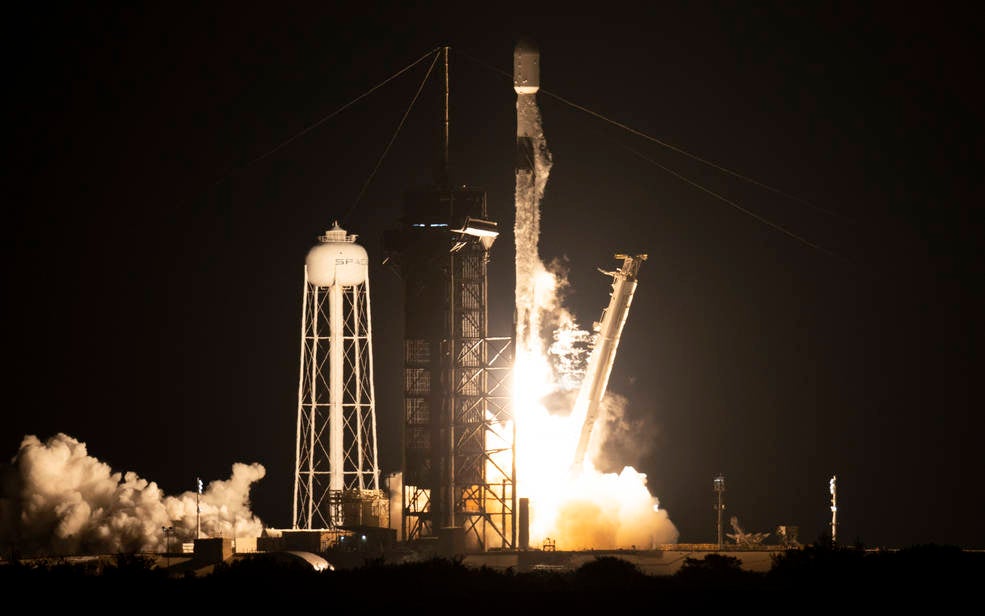Latest News

A SpaceX Falcon 9 rocket launches with NASA’s Imaging X-ray Polarimetry Explorer (IXPE) spacecraft on Dec. 9, 2021. Photo: NASA/Joel Kowsky
SpaceX launched a NASA mission early Thursday that will measure supernova remnants and supermassive black holes in the universe.
A Falcon 9 rocket carrying NASA’s Imaging X-ray Polarimetry Explorer (IXPE) mission took off from the Kennedy Space Center in Florida at 1 a.m. EST on Dec. 9. Spacecraft separation took place 33 minutes into flight. IXPE entered its orbit around Earth’s equator at an altitude of approximately 600 km. Mission operators received telemetry data about 40 minutes after launch.
The IXPE observatory is a joint effort with the Italian Space Agency. It is equipped with three telescopes to measure the polarization of X-rays from high-energy objects, which NASA calls the most “extreme and mysterious objects in the universe.”
The NASA Marshall Space Flight Center in Huntsville, Alabama built the three X-ray telescopes. The Italian Space Agency contributed IXPE’s polarization detectors, and Ball Aerospace provided the spacecraft, integration, and will manage spacecraft operations. The spacecraft is part of the NASA Astrophysics Explorers Program.
“Each NASA spacecraft is carefully chosen to target brand new observations enabling new science, and IXPE is going to show us the violent universe around us – such as exploding stars and the black holes at the center of galaxies – in ways we’ve never been able to see it,” said Thomas Zurbuchen, associate administrator for the Science Mission Directorate at NASA Headquarters.
Get the latest Via Satellite news!
Subscribe Now